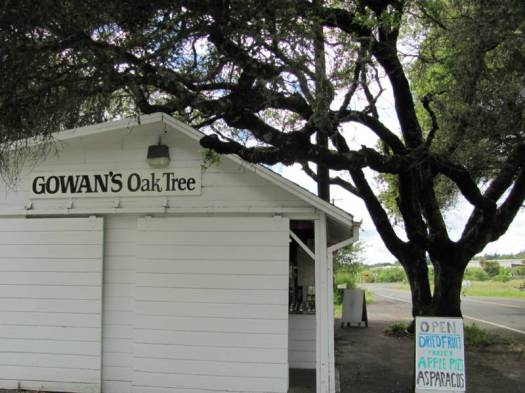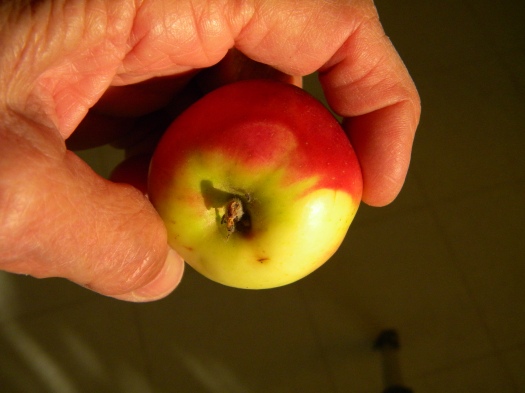Traveling south along Hwy 1, after three beautiful days exploring in and around Fort Bragg, my sister Gwen and I decided to take yet another backroad detour off the main highway. Backroads can be beautiful and enjoyable experiences, sometimes they are just the opposite. This time we would try a road headed inland from the coast through the tiny town of Comptche, then south to Hwy 128 just west of the town of Navarro in the Anderson Valley. It turned out to be both beautiful and enjoyable.
The Anderson Valley occupies an area about 25 miles long, extending northwesterly from Hwy 101 towards the Coast along Hwy 128. Early European settlers described it as “a long valley stretching to the northwest, surrounded by dense woods on the southwestern side, and grassy hills to the northeast. There was abundant meadow grass, and water. Deer, elk, bear, and small game animals are abundant and roam the valley and surrounding hills.”
The settlers started arriving around 1850 and with them came the changes that transformed this wooded valley into the thriving agricultural community it is today. From what I can find in the histories apple production here began just before the turn of the century. Today apples still grow in this region but many orchards have been replaced by vineyards. Since 1964 winegrowing and winemaking has become a big part of the economic landscape of the valley. But then that’s another story for another day. Today it’s about apples.
 As we entered Anderson Valley I remembered a historic fruit stand that I had visited many years ago and wondered if it was still there. Much to my delight Gowan’s Oak Tree was still there, unchanged and best of all it was open. I had to stop.
As we entered Anderson Valley I remembered a historic fruit stand that I had visited many years ago and wondered if it was still there. Much to my delight Gowan’s Oak Tree was still there, unchanged and best of all it was open. I had to stop.
 Gowan’s has been around since the 30’s when Grandma Gowan would sit under the oak tree, that now shades the building, and sell apples to travelers passing by. Around 1950 they built the fruit stand and have been selling to travelers and neighbors ever since.
Gowan’s has been around since the 30’s when Grandma Gowan would sit under the oak tree, that now shades the building, and sell apples to travelers passing by. Around 1950 they built the fruit stand and have been selling to travelers and neighbors ever since.
They had a nice variety of apples and pears to choose from but no persimmons even though the sign said they did. During the summer months they sell peaches, plums, berries and home grown vegetables.
Oh, and they had Arkansas Black apples. One of my favorites and not always easy to find. To link to a recipe for Fresh Apple Cake and more about these beauties see my previous post Arkansas Black Apples.
 This little basket of Lady Apples intrigued me, begged me to try one. So I did. It had a semisweet flavor and was crisp and juicy. The sad thing about these little gems is that they aren’t widely available.
This little basket of Lady Apples intrigued me, begged me to try one. So I did. It had a semisweet flavor and was crisp and juicy. The sad thing about these little gems is that they aren’t widely available.
From what I could find about them, they were first cultivated by the Romans and are the oldest apple variety known. The French, it is said, loved them and considered them as royal; early American colonists thought of them as a symbol of wealth. Pretty impressive history for such a tiny fruit.
Always looking for something new to try and having a nice variety of fresh apples on hand, I decided to try this recipe for Apple Cinnamon Loaf by Sharon Whitley posted on Just A Pinch Recipes. The perfect recipe for brightening a cold winter morning. The only thing I changed was to add 1 cup of chopped walnuts with the apple and use mini loaf pans instead of the 9 x 5. The aroma of this loaf will drive you crazy when it’s baking. Is there anything better smelling than cinnamon and sugar? Quick to fix and yummy.









